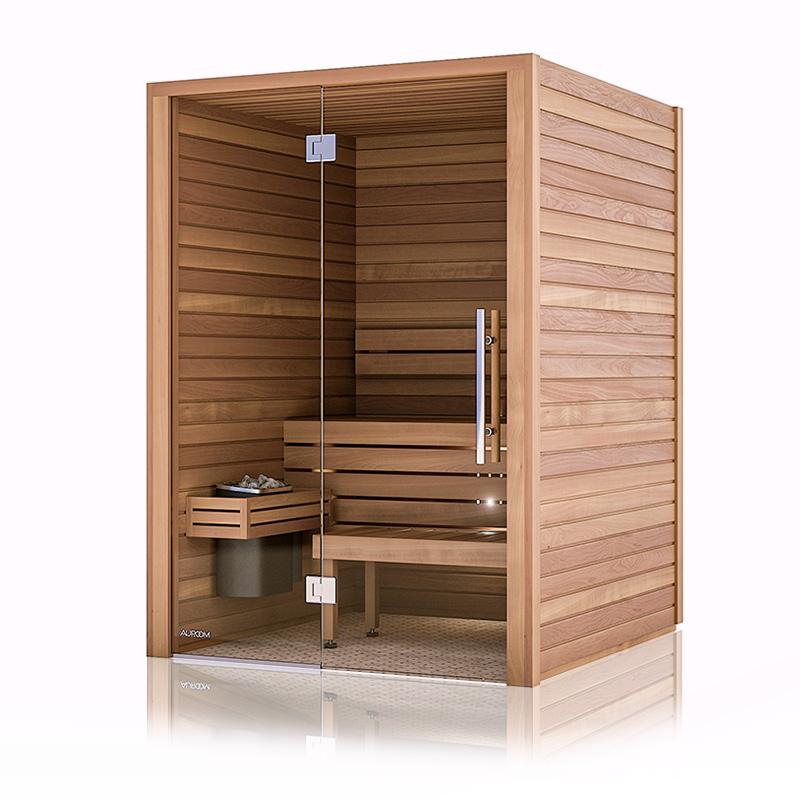Some Of Traditional Sauna
Some Of Traditional Sauna
Blog Article
What Does Traditional Sauna Do?
Table of ContentsNot known Facts About Traditional SaunaTraditional Sauna Things To Know Before You Get ThisFacts About Traditional Sauna UncoveredThe Best Guide To Traditional Sauna
A lot of the weight shed in a sauna is water loss and is re-gained upon rehydrating. However, without a doubt sauna can be a fundamental part of a healthy weight loss program. To take a look at the differences in between conventional and IR saunas, I will separate these into proven, academic, and produced distinctions.Hence, the most popular factor in the saunawhich goes to the ceiling directly above the sauna heateris commonly between 185 and 190 F. Traditional Sauna. Claims that a standard sauna exceeds 200 F is simply not true and not relevant for electrical saunas sold in the US. The temperature level for a far-infrared sauna is usually established in between 120 and 140 F; nevertheless, unlike the traditional sauna, the goal in and IR space is not to accomplish a heat
As a result of this, the temperature level difference is almost unimportant, given that excessive sweating results in both sauna types, but the approach of warming the body is various. In an IR sauna the bather will really feel hot and will certainly sweat profusely, but at much lower temperature levels. Therefore, if the objective is to invest longer amount of times in the sauna, the IR sauna is a great selection.

Fascination About Traditional Sauna
When the high temperature is accomplished, the elements cycle on and off to maintain the heat. The majority of traditional sauna users delight in pouring water over the rocks to develop heavy steam to increase sauna humidity levels. The benefits of putting water over the rocks consist of: making the space extra comfy, dampening the nasal passages, and enabling the use of aromatherapy by mixing necessary oils with the water.
In a far-infrared sauna, the heat waves penetrate the body to efficiently heat up the body and increase the body core temperature. To accomplish this raised temperature level, Far-infrared emitters develop infrared energy which is close to the same wavelength as that which the body naturally emitsoften described as the "Essential Variety" of 7 to 14 microns), so the power is well obtained site link by the body.
When the power enters the body, it causes the body temperature to raise and inevitably leads to sweat. In an infrared sauna it's important for the emitters/heaters to continue to be on almost constantly. Because there is no mass of rocks to retain warmth, the sauna will certainly cool if the emitters shut down.
As stated over, the sauna bather in an infrared room desires to place himself in front of operating emitters to get maximum gain from the Click Here heat. The heating time for the two spaces can be really different, relying on how the areas are made use of. For a traditional sauna, a bather ought to permit 30-40 minutes for the area to accomplish a desired temperature level and to appropriately pre-heat the rocks.
Some Known Details About Traditional Sauna
A well constructed sauna will typically accomplish a temperature level of 150-160 F in regarding 30-40 mins. For hotter temperatures, the area may need to warmth for a longer duration.
To some, 15 mins was "squandered" while the infrared energy heated up the wood panels as opposed to heating up a body, while others find a pre-heated space to be extra comfy and think a raised beginning temperature level is essential to start sweating. The size of advised use for each room is roughly the exact same (10-15 minutes per session); nevertheless, because of the reduced air temperature levels and the capacity to really feel the effects of infrared warmth faster than a typical sauna, it is not uncommon for an individual to invest a total of 20-30 minutes in an Full Report infrared sauna.
Conventional saunas tend to be bigger (therefore make use of even more electrical energy) than infrared saunas, although typical saunas are absolutely offered in one and 2 person sizes as well. For a two-person traditional sauna, 5x6 or 5x7 dimension is most preferred. The leading bench can easily seat 2 or 3 individuals and is additionally enough time to rest throughout the sauna session.


The average cost per kWH of electrical power in the united state is roughly $0.11, so a 4.5 kW heating system will set you back approximately $.50 to run for one hour, if the heating system runs continuously for one hour. Generally a sauna heating system will compete 75% of the initial hour and 50% of subsequent hours on given that the aspects cycle once the established temperature is accomplished.
How Traditional Sauna can Save You Time, Stress, and Money.
A 2 individual far-infrared room is typically literally smaller than a standard sauna, commonly concerning 4' x 4' or smaller sized. The IR furnace is commonly 1.5-1.7 kW utilizing a 120 volt 15 amp plug-in solution. Since the room can be used earlier than a sauna area, we will certainly assume the space is utilized for to of an hour consisting of heat up time.
There is a seldom discussed difference in the social experience in between the 2 areas. While our society has lost some of the social benefit of the conventional sauna experience, it can be very socially gratifying. From household time in the sauna, to heart-felt conversations with loved ones, to sauna partiesthe conventional sauna experience can lead to intimate socializing.
The majority of greater end infrared spaces include tinted light treatment, audio systems and full-glass fronts.
Report this page